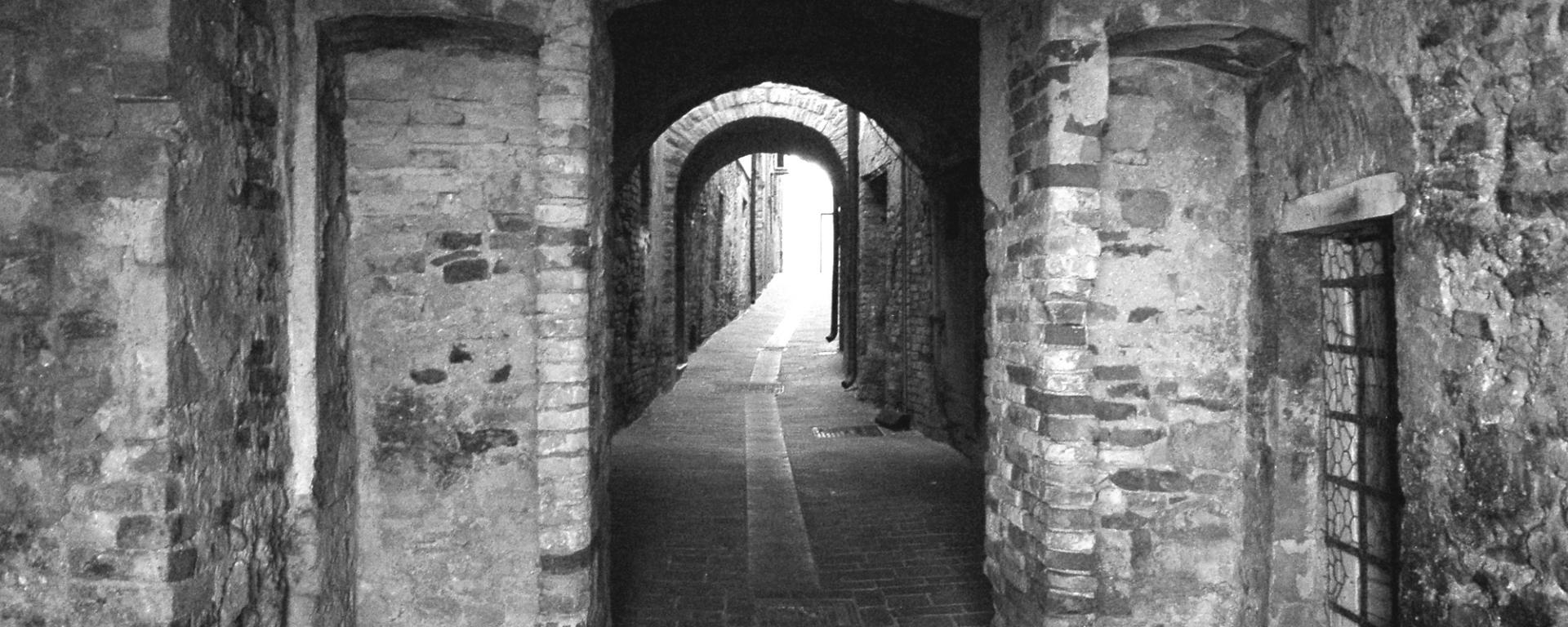
History
The town of Silvi is a true jewel of the Adriatic coast, able to enchant its visitors with a millenary history, whose origins date back to very ancient times. The toponym Silvi comes from the Latin word Silvae, which means "woods" and is considered a clear reference to the woodland nature that once characterized the area. Furthermore, according to some historians, there was a temple in pre-Roman times devoted to the Italic God Silvano Selvans, who protected nature and rural activities.
Silvi Paese, nestled on a hill at an altitude of 240 meters, represented an important defensive outpost for the area, since it was an advanced natural lookout for the nearby and powerful town of Hatria (Atri).
Thanks to its strategic position, Silvi allowed Atri to explore the stretch of sea in front of the ancient port of Matrinum. Furthermore, Silvi was crossed by the Via Caecilia, a branch of the Via Salaria which connected Rome with the Adriatic side. Over the centuries, the village of Silvi witnessed important historical events, such as the passage of the consul Claudio Nerone and the hordes of Spartacus during the servile war.
During the Roman domination, the village was fortified and united, becoming Castrum Silvae. In the Middle Ages, the village was frequently attacked by the Turks and Saracens from the east.
Merchants from all over Italy landed at the ancient port of Cerrano, including the father of Giovanni Boccaccio, who, during a terrible famine in 1319, landed 500 salme (ancient unit of measure) of wheat and the same number of barley.
In the Middle Ages, the castle of Silvi represented an important defensive outpost in the area. The village was surrounded by a defensive wall, with three control towers of eight meters each, including the donjon Torre Belfiore, which allowed a strategic view of the sea and the mountains.
In 1273, Silvi was mentioned in the deocument demanium Adriae as a land belonging to the abbey of San Giovanni in Venere.
Nel 1393, re Ladislao d'Angiò Durazzo vendette Silvi al duca Antonio Acquaviva insieme alle città di Atri e Teramo.
During the modern age, with the establishment of the Kingdom of Naples, feudalism was abolished and Silvi became an autonomous municipality. On the coastal plain that divides the hills of Silvi Paese from the sea, the first nucleus of the seaside town began to develop, which will experience a sustained demographic and tourist development conveyed by the construction of the Adriatic railway in 1863.
Today in Silvi Paese is the ancient heart of the town and attracts the attention of many tourists, who love to stroll through its characteristic alleys, admire the landscape glimpses of its wonderful belvedere and the panoramic walk on the splendid arches.
The modern part of Silvi extends along the coast and is characterized by golden beaches, bathed by the sweet waters of the Adriatic. The town is surrounded by luxuriant hills and in the countryside of the immediate surroundings it is possible to admire the very particular geological phenomenon of the gullies, deep erosions of the land that take on particular shapes. The sumptuous mountain ranges of the Gran Sasso d'Italia and the Majella are the backdrop to these wonderful landscapes
Silvi's history pleasantly blends with the modern vocation for hospitality, which guarantees tourists and residents an atmosphere of well-being and relaxation. The culinary tradition of the area offers typical dishes of the sea and the land, accompanied by fine local wines. Walking through the ancient streets of the village, one gets the impression of being immersed in a timeless past full of suggestions, breathtaking panoramic views, fragments of life and ancient traditions.

 IT
IT